The Davos dilemma: staying positive amidst the gloom
The world at Davos was less diverse too: the G7 and western multinationals dominated the global economy and the voice of emerging markets barely registered.
Davos 2015, held this week in the Swiss ski resort, bears little resemblance to the Davos of years past. A cast of thousands are in attendance.

Photo: FABRICE COFFRINI / AFP
Dark-suited business men and women are still ubiquitous, but so are representatives from non-governmental organisations, political leaders and social entrepreneurs, and delegates come from all corners of the planet.
Such diversity – and the huge popularity of the event – might suggest a buoyant mood at Davos, but nothing could be further from the truth. In contrast to the over-optimism usually on display, delegates this year are fretting about a range of risks.
The International Monetary Fund warned this week that even with the sharp decline in oil prices, which is hugely positive for consumers, global growth is forecast to rise only moderately from 3.3 per cent in 2014 to 3.5 per cent in 2015 and 3.7 per cent in 2016.
But mediocre economic forecasts are only part of the story. What is really worrying policymakers and business leaders are potential tail risks that could further undermine global growth.
Depending on who you listen to, the tail risks include a potential Greek exit from the euro after this weekend's elections, heightened concerns over terrorism and security, continued worries about Russia's intentions vis-à-vis Ukraine, the impact of falling oil prices on producers, and economic slowdown in China.
Adding to this layer of complexity is a toxic mix of continued joblessness and rising inequality in advanced and developing economies alike.
This week Oxfam put out a report warning that the richest 1 per cent of the world’s population have increased their share of the wealth to 48 per cent, and will own more than the remaining 99 per cent in just two years, if the trend continues. Clearly, this is unsustainable but there are no quick fixes.
A positive trend of the past three decades is that hundreds of millions of people in developing countries have been lifted out of poverty. Yet, there are worrying signs that inequality is rising most rapidly in emerging and developing countries.
While the overall mood at Davos is quite rightly subdued, policymakers run the risk of ignoring a few positive long-term trends.
A China growing at a slower 7 per cent still means that it is adding an economy the size of Australia every three years.
There are green shoots in India and Indonesia, which could deliver long-term economic benefits to Asia and the global economy.
And the US, the world's largest economy, remains a global growth engine, taking up the slack of Europe and Japan.
The Davos dilemma in 2015 is how to address the very real concerns for the world economy, while keeping perspective and staying hopeful that resolute and coordinated action can still make a difference.
As ever, Davos cannot solve the issues, but is facilitating necessary dialogue. Hopefully, what delegates hear and feel this week will lead to action next week and during 2015.
What the stars mean:
★ Poor ★ ★ Promising ★★★ Good ★★★★ Very good ★★★★★ Exceptional
Latest News
More News
- Malaysia issues heatwave alert for 14 areas (April 15, 2024 | 09:12)
- China, Thailand forge alliance for moon exploration (April 15, 2024 | 08:00)
- Two Philippine navy pilots dead after helicopter crash (April 11, 2024 | 16:58)
- Singapore: E-commerce scams double in 2023 (April 11, 2024 | 16:55)
- Malaysia urges Meta, TikTok to curb harmful content (April 10, 2024 | 16:21)
- Renewable energy – leading solution to climate change mitigation in ASEAN (April 09, 2024 | 16:18)
- Philippines warns of scorching heat (April 09, 2024 | 16:13)
- Thailand cracks down on e-cigarettes at schools (April 08, 2024 | 17:10)
- Many Buddha figurines unearthed in Laos’ Xieng Khuang province (April 08, 2024 | 17:07)
- Marina Bay Sands announces expansion (April 08, 2024 | 16:28)



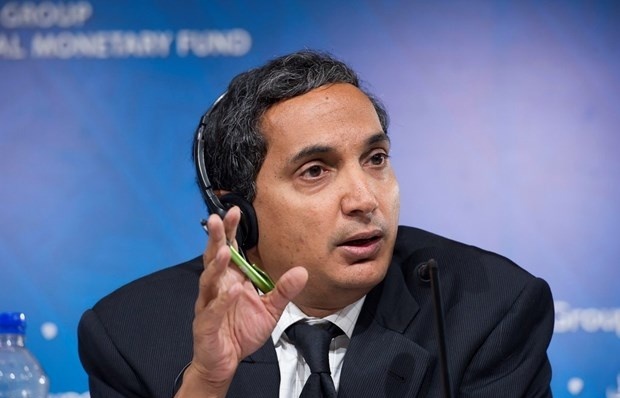
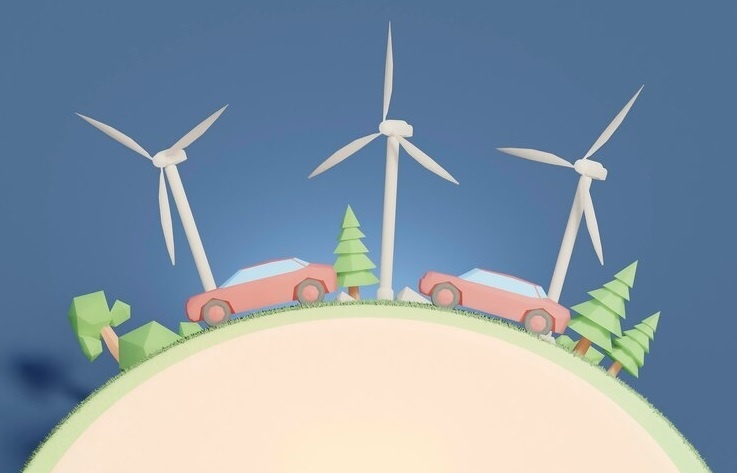

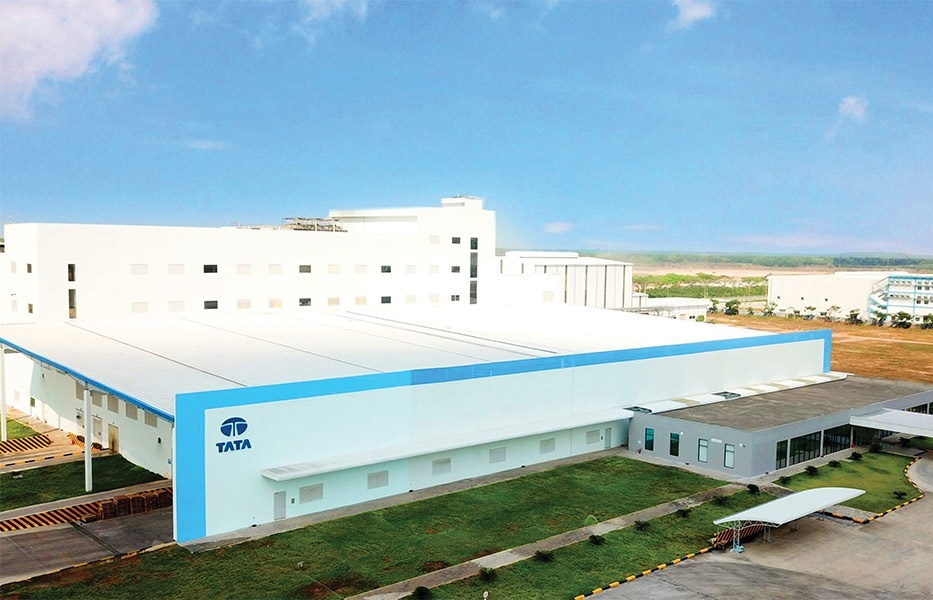
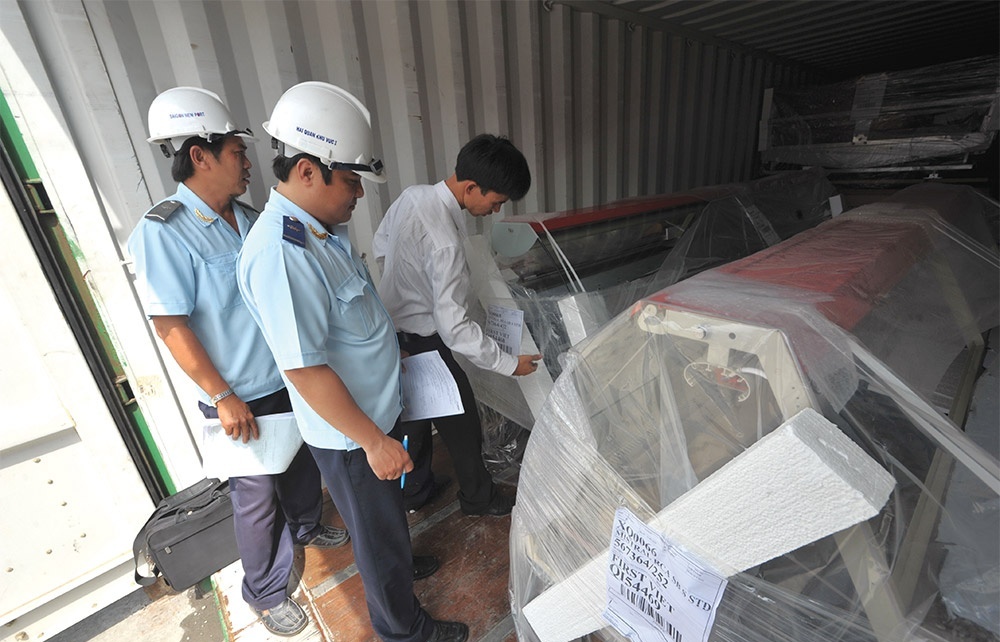
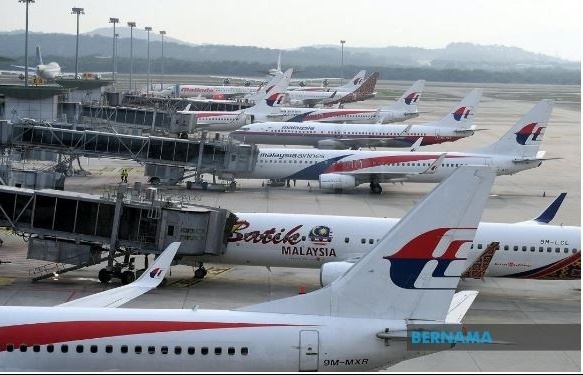









 Mobile Version
Mobile Version